As a homeowner, you may be wondering if it is okay for a vinyl siding to move or not. Fortunately, we have done some research for you, and here is what we found.
Vinyl siding should move, but not too much. There should be some space for expansion and contraction. If a siding is tight, then it was not properly installed.
Installing vinyl siding is an easy task and can be done without the help of a professional. Keep reading to get detailed information on how to fix a loose siding.
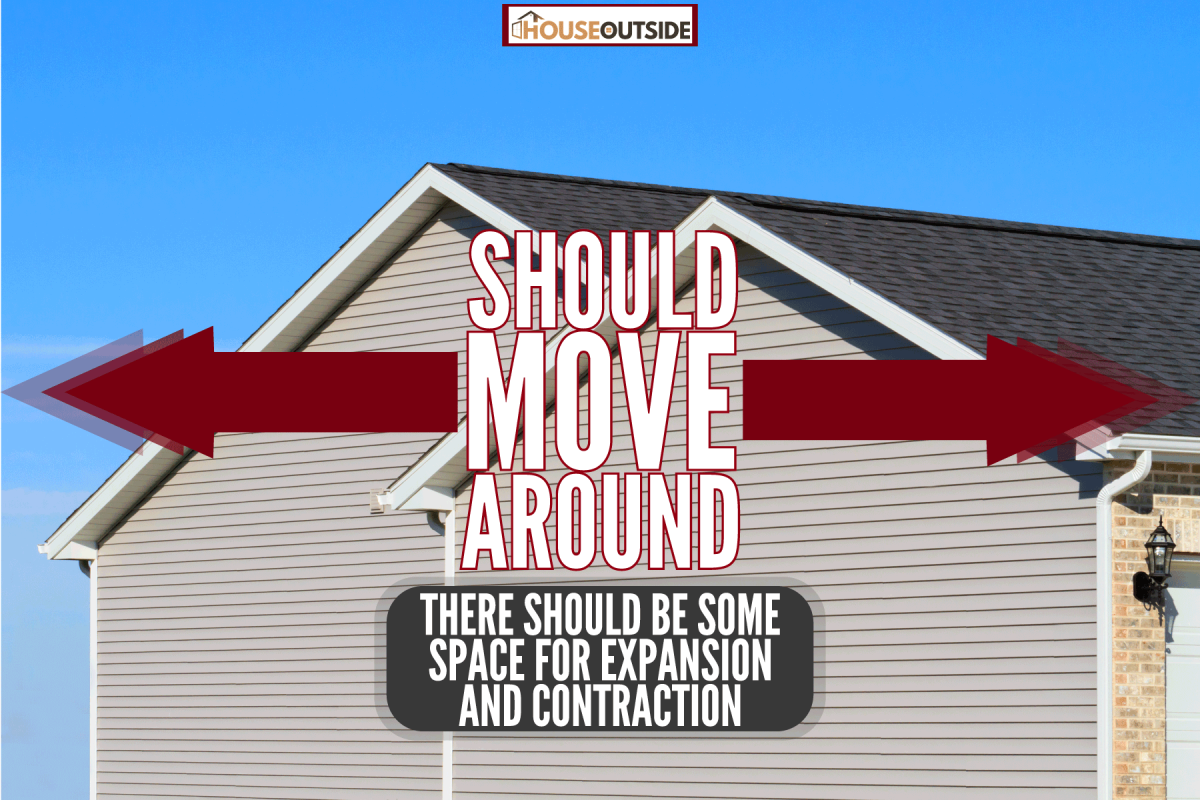
Should Vinyl Siding Move?
To ensure proper installation of vinyl siding, each panel should have a gap. This small space is necessary because it gives the siding room for expansion.
This movement occurs as a result of changes in temperature. This can make siding expand and contract but vinyl siding is manufactured to withstand this kind of condition.
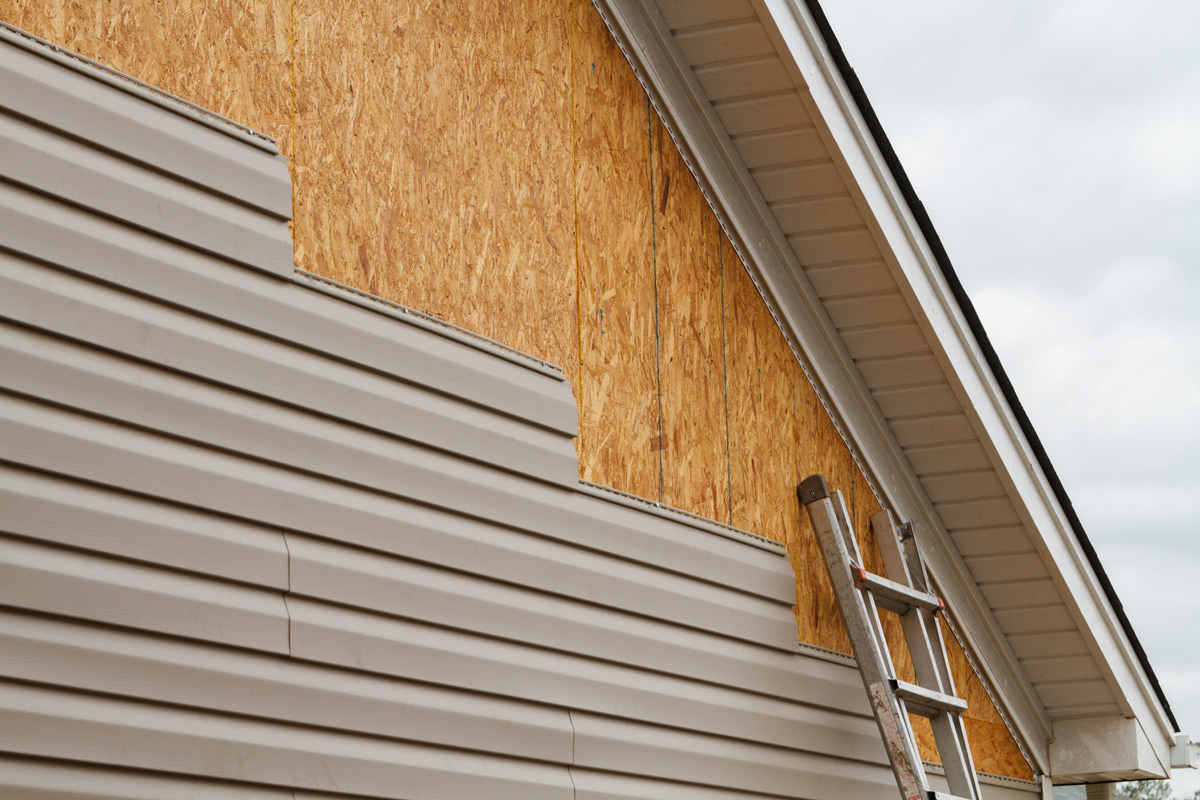
Siding should not be too tight or too loose in order not to wobble in the wind. It is advisable to leave 1/32-inch between the head of the nail and the vinyl.
The result of tight nailing is buckling. Vinyl siding can expand when it is heated, which is why the slot has an oval shape to allow movement under the nail head. Nailing too tightly can prevent this movement.
How Do You Fix Vinyl Siding That Has Come Loose?
The following are three ways you can fix your vinyl siding if it keeps getting loose:
1. Bending Method
When the siding has detached and is dangling, take a pair of your needle nose pliers or siding snips. Use the snips to grab and bend the bottom track. Then you can now squeeze some caulking into the bottom track and clip it back together.
If the crimp on the bottom track is okay, hard squeezing would be needed in order to press it back in. Don't forget to double-check on all crimps so as to ensure that they are all pushed up.
When you are done doing this, your siding should never get too loose again. Even if it does, it will not detach again due to the caulking and the crimps that hold them together.
Click here to see this siding snip on Amazon
2. Screwing Method
This technique is not used often to hold siding together but it can still work. Get a long screw of 1/2- or 3/4-inch, look for a drain hole on the siding board and drill the long screw from the bottom.
This process will lock the loose board and the board under it. You can as well make use of color-matching screws so that it will look appealing.
3. Using Caulk
This method is not 100% safe but you can also use it to fix your siding that comes loose. Dabs of caulking should be dropped on the bottom track of the loose vinyl board.
When doing this, be careful so as not to put too much in it, so your work won't squeeze out when you click the boards together.
These three methods can be used to fix a loose siding. But if the problem still persists, you can contact a professional to help you out.
How Much Does It Cost To Repair Siding?
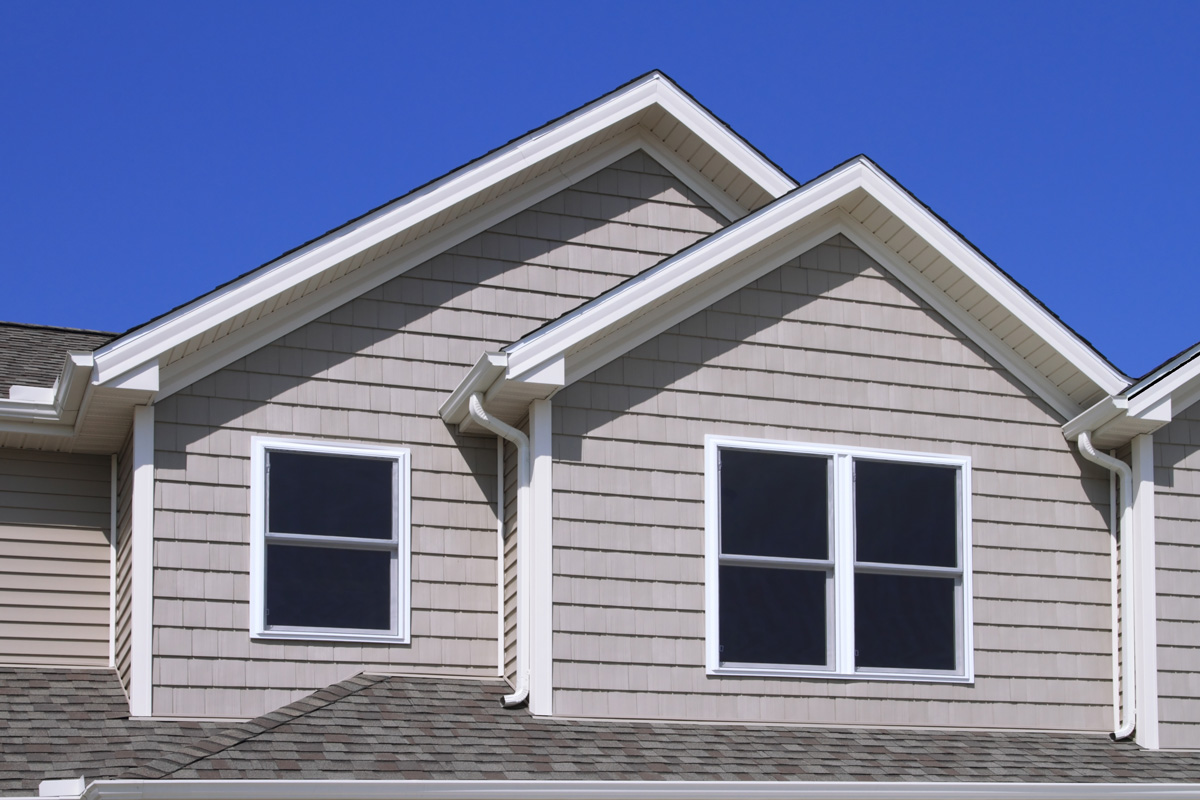
Repairing loose siding is a good way of maintaining the beauty of your home. On average, the cost of repairing siding is about $500. Although, this depends on the type of siding you want to fix as repairs for vinyl may cost $50.
You will need to calculate the square foot of your house to know the amount of siding material to get. Also, location should also be considered because the contractor may charge more when working on less accessible parts of the house.
When it comes to repairing vinyl siding, it ranges from $2 and $4 per square foot because it is easy to install. The major issue with vinyl is that its color may fade due to the weather so old siding colors may not match the new ones.
To make both match, you should consider painting your siding and this would cost $4,000 on an average house of 2,500 square feet.
Is It Normal For Vinyl Siding To Warp?
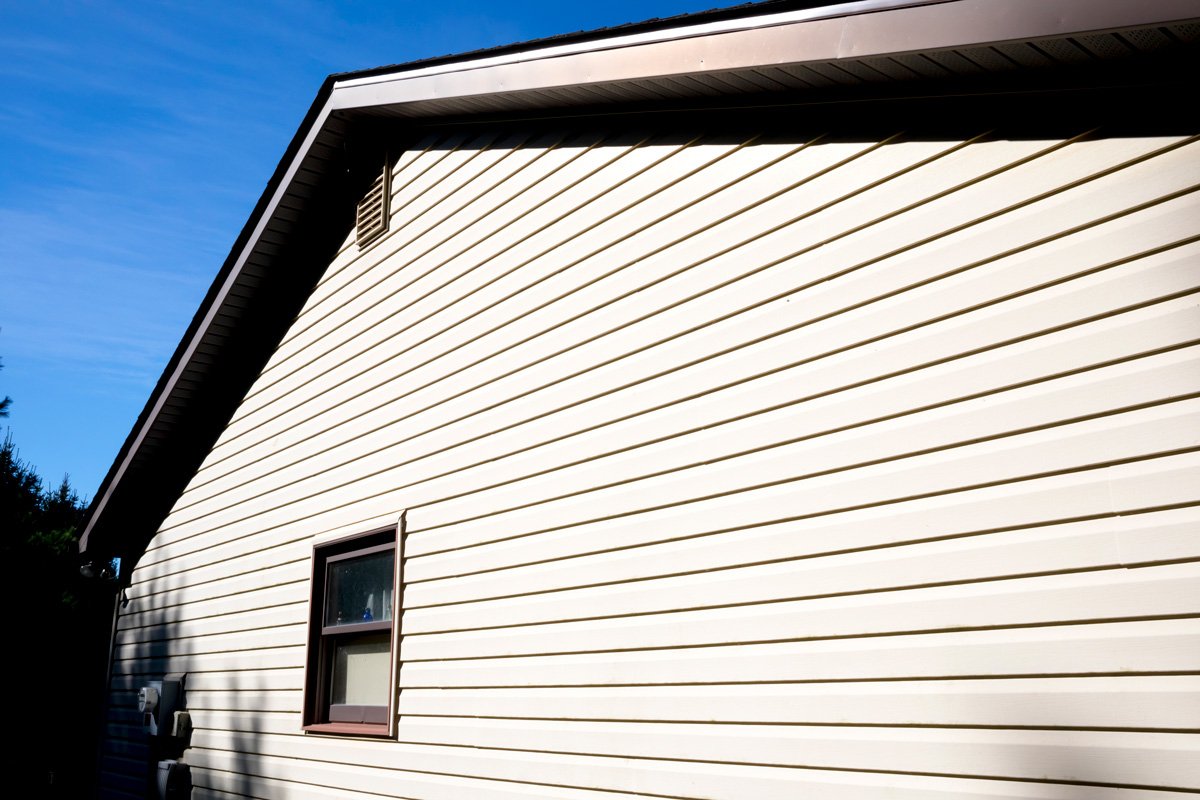
It is not normal for vinyl siding to warp but when it happens, you should know what led to it and how you can prevent the cause. Here are common causes of warping:
Heat
When your siding is exposed to the heat of the sun, it can deteriorate. This eventually causes your siding to warp. Also, windows and other things that reflect sunlight can also contribute to this problem.
Cooking close to your siding can make it warp. The heat from the grill can weaken the vinyl material.
Poor Nailing
This is the major reason why your siding warps. When the siding is tightly nailed, the panel will not have enough space for expansion and contraction during temperature changes. Always make sure your siding is properly nailed.
You can check this out by sliding your panels horizontally to see if the nailing was done based on the standard and if there is room for expansion.
How Do You Stop Vinyl Siding From Warping?
The best way to prevent vinyl siding from warping is to paint the panels with a color that is not darker than the original coating by the manufacturer. If the siding expands beyond a certain level, it may not go back to its initial shape. When it has gotten to this, the best option is to get it replaced.
How Do You Snap Vinyl Siding Back Together?
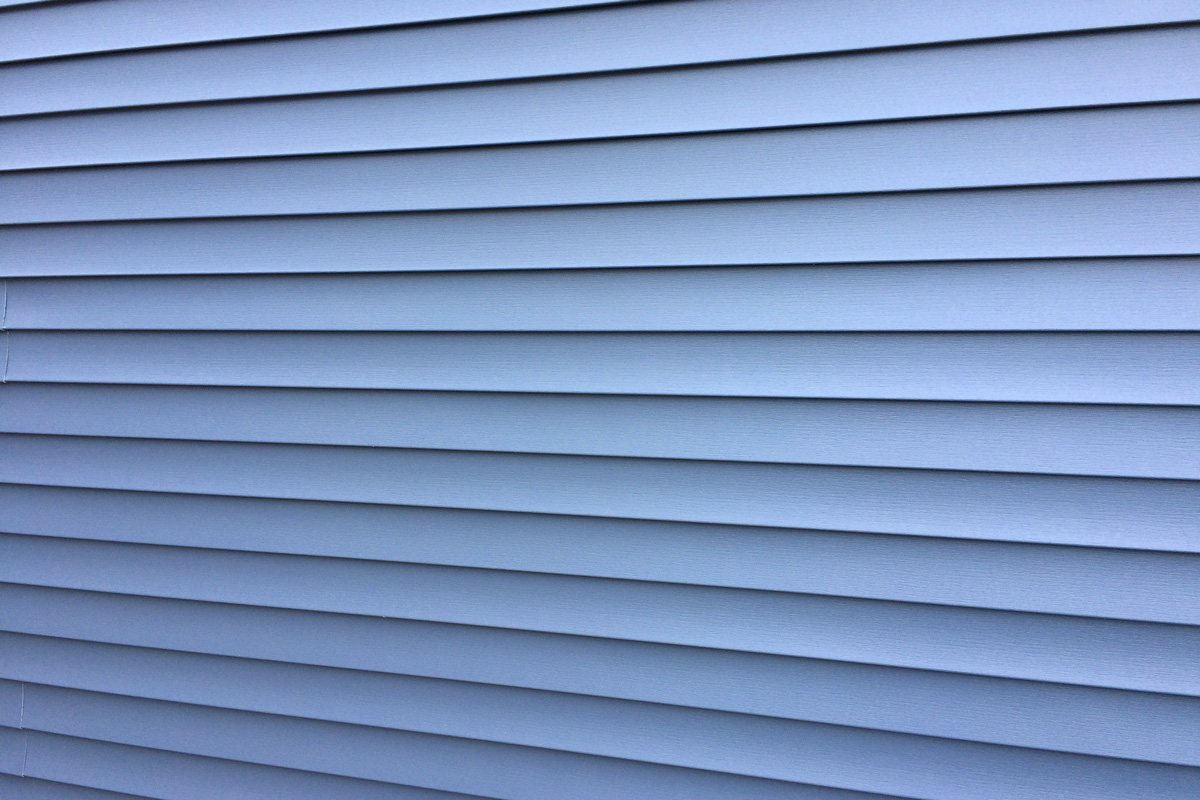
When the proper installation is done, the siding panels overlap. Snapping vinyl siding is an easy-to-do task. Here is all you need to do:
- Insert a hook into the bottom of the panel you want to snap back. This hook can be found in your siding removal tool and this tool is available at hardware stores for less than $10.
- Make sure to slide the tool to six inches of the panel end and pull it to your side, forcing the bottom to open. When the lip gets away from the track under it, free the handle and push the panels together.
- Make sure the tool is hooked into the panel when sliding toward the other end.
- Take out the tool when you are within six inches of the other end. Now, it will be easy to snap the end by pushing the panel.
What Happens When Siding Falls?
If your siding falls or gets damaged, water can go through the gaps and penetrate the wall of your home. This will not only affect the siding panels but also damage your interior walls and other parts of your home.
When you see bubbles in your siding, it is a sign that there is water underneath and this may cause serious damage. It is advisable to fix your siding if you notice that it is about to fall.
To Wrap Up
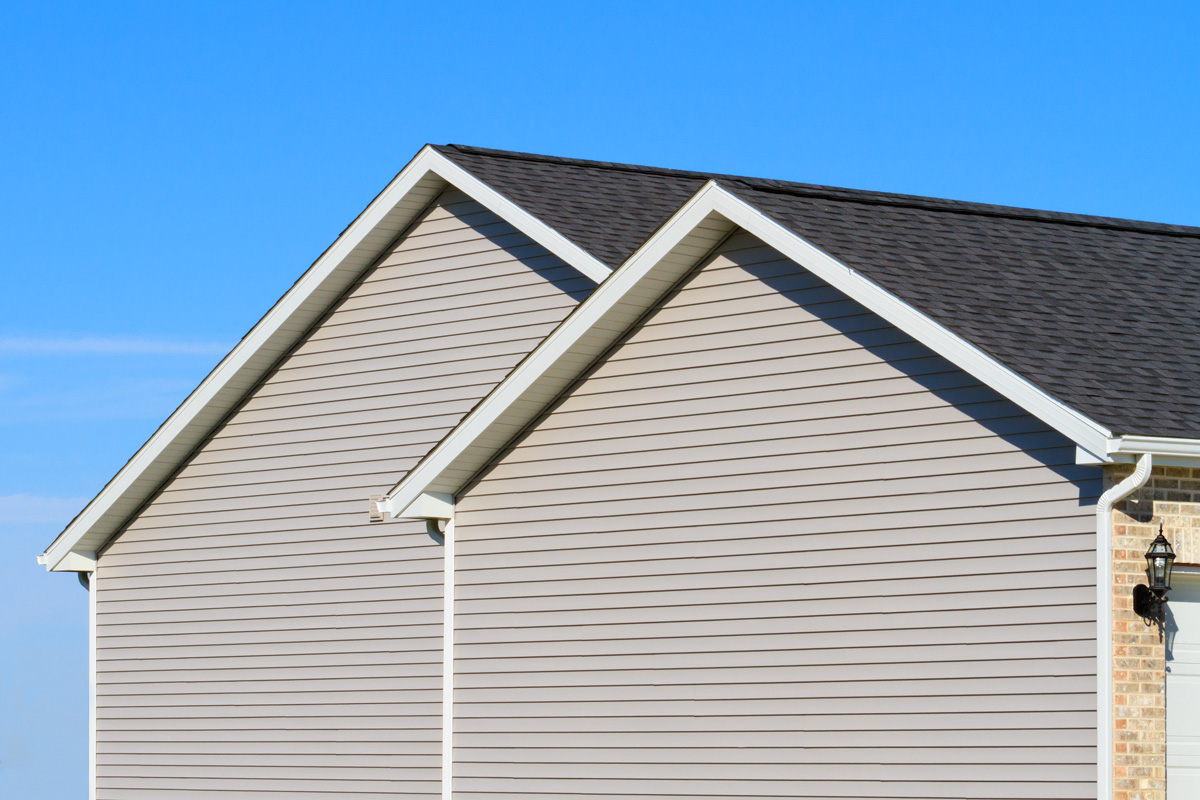
Vinyl siding should be loose but not too loose. Vinyl siding should be properly installed so it can last longer. If the installation is poorly done, it should be repeated.
If you enjoyed reading this post, here are similar articles you may like:



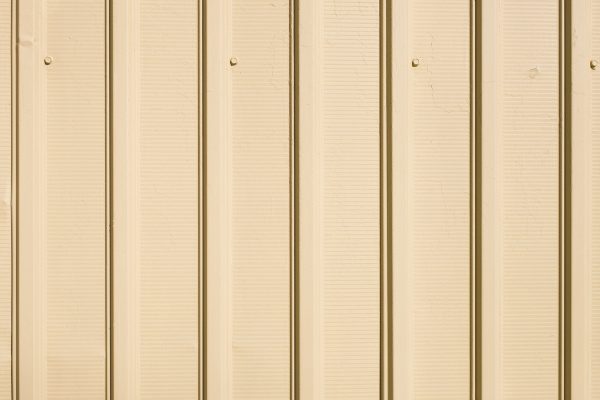
![Roof Gutter Cleaning Tips. Clean Your Gutters. Gutter Cleaning., Do Gutters Smell? [And What To Do About It]](https://houseoutside.com/wp-content/uploads/2022/10/Roof-Gutter-Cleaning-Tips.-Clean-Your-Gutters.-Gutter-Cleaning.-600x400.jpg)